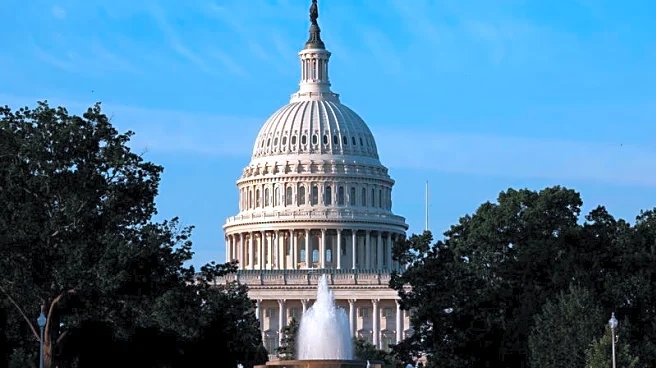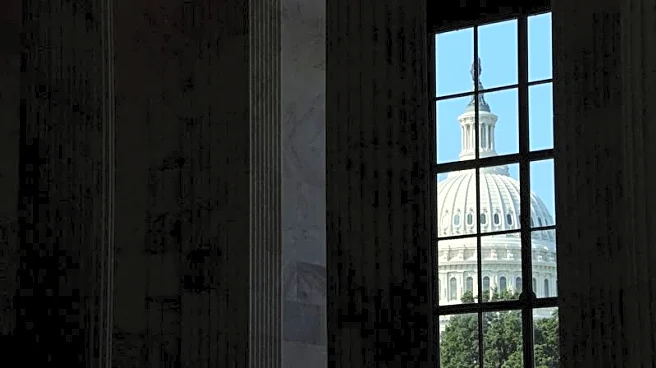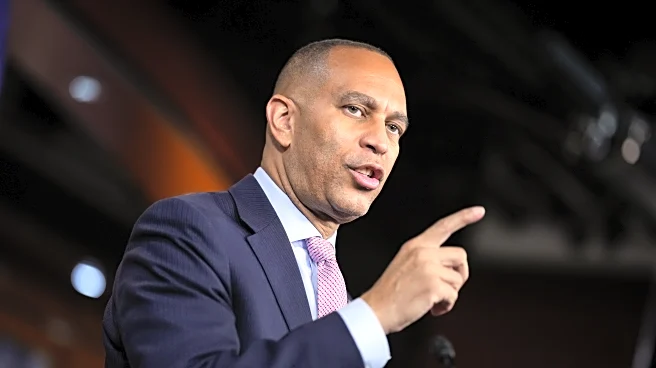What's Happening?
The National Flood Insurance Program (NFIP), managed by FEMA, is on the brink of expiration as Congress faces a deadline to extend it. The program, crucial for over 4.7 million policyholders, provides flood insurance in areas where private insurers are reluctant to offer coverage due to high risks. If the program lapses, it will halt new policies and renewals, affecting real estate transactions in flood-prone areas and potentially leaving millions exposed to uninsured risks. FEMA's borrowing capacity would be drastically reduced, limiting its ability to pay claims after major disasters. The NFIP has historically survived through short-term extensions, but the current political climate and budgetary constraints pose significant challenges.
Why It's Important?
The expiration of the NFIP could have severe implications for the U.S. housing market and disaster recovery efforts. Without federal flood insurance, real estate transactions in floodplains could stall, impacting property values and financial security for homeowners. FEMA's reduced borrowing authority heightens the risk of insolvency following a major storm, which could delay disaster relief and recovery. The situation underscores the broader insurance affordability crisis, as private insurers retreat from high-risk areas, leaving state regulators struggling to stabilize markets. Congressional inaction could exacerbate these issues, undermining confidence in federal disaster management and increasing pressure on state-funded aid.
What's Next?
Congress faces a critical decision to extend the NFIP amid broader budgetary and political challenges. Policymakers are divided on reforming the program, with proposals to update flood maps, improve mitigation incentives, and address the program's debt. The looming government shutdown complicates the renewal process, as lawmakers must navigate budget caps and disaster spending debates. The outcome will determine whether the NFIP can continue to provide essential coverage or if it becomes a casualty of political gridlock, with significant consequences for millions of Americans and the nation's disaster preparedness.
Beyond the Headlines
The potential lapse of the NFIP highlights the intersection of climate risk, insurance market stability, and partisan gridlock. As climate-driven disasters intensify, the need for reliable flood insurance becomes more critical. The debate over the NFIP reflects broader challenges in balancing federal disaster management with fiscal responsibility. Long-term solutions require bipartisan cooperation to ensure the program's sustainability and effectiveness in protecting vulnerable communities.












